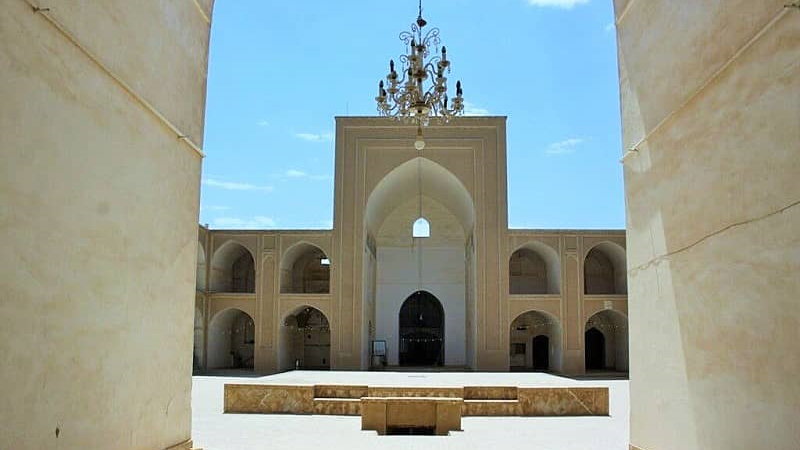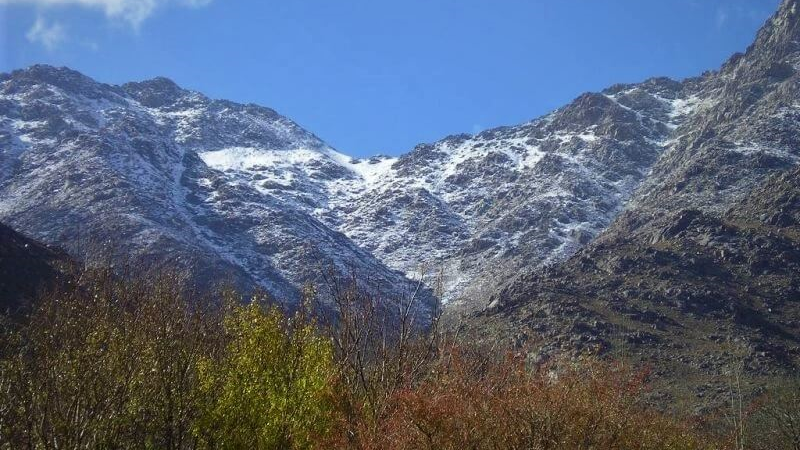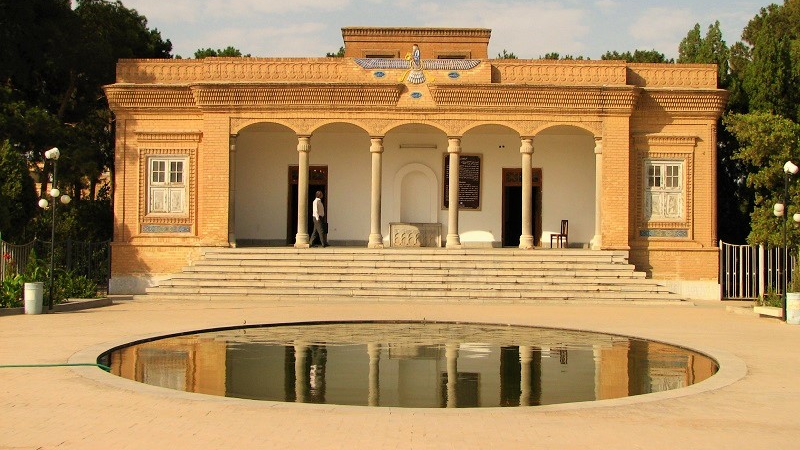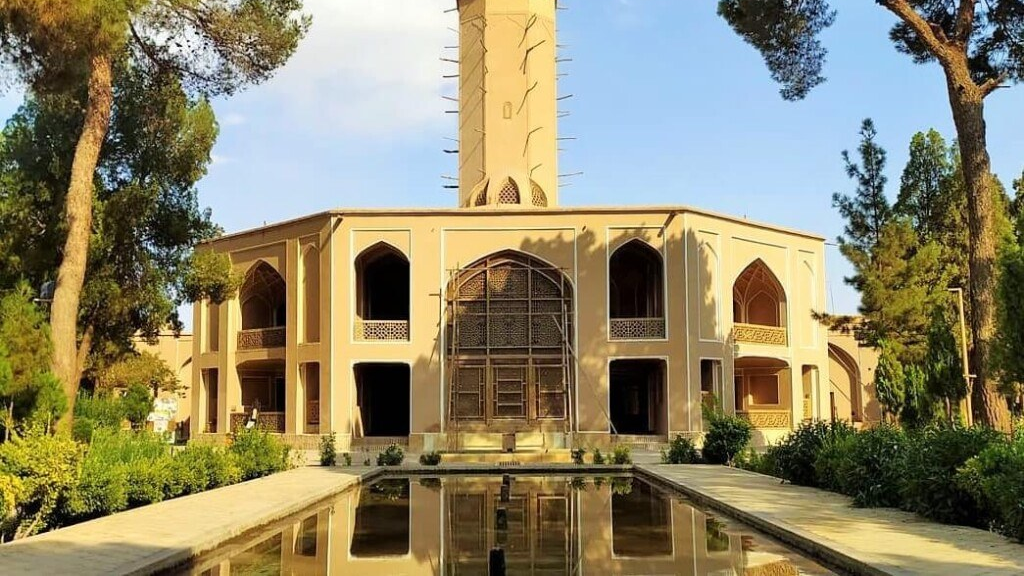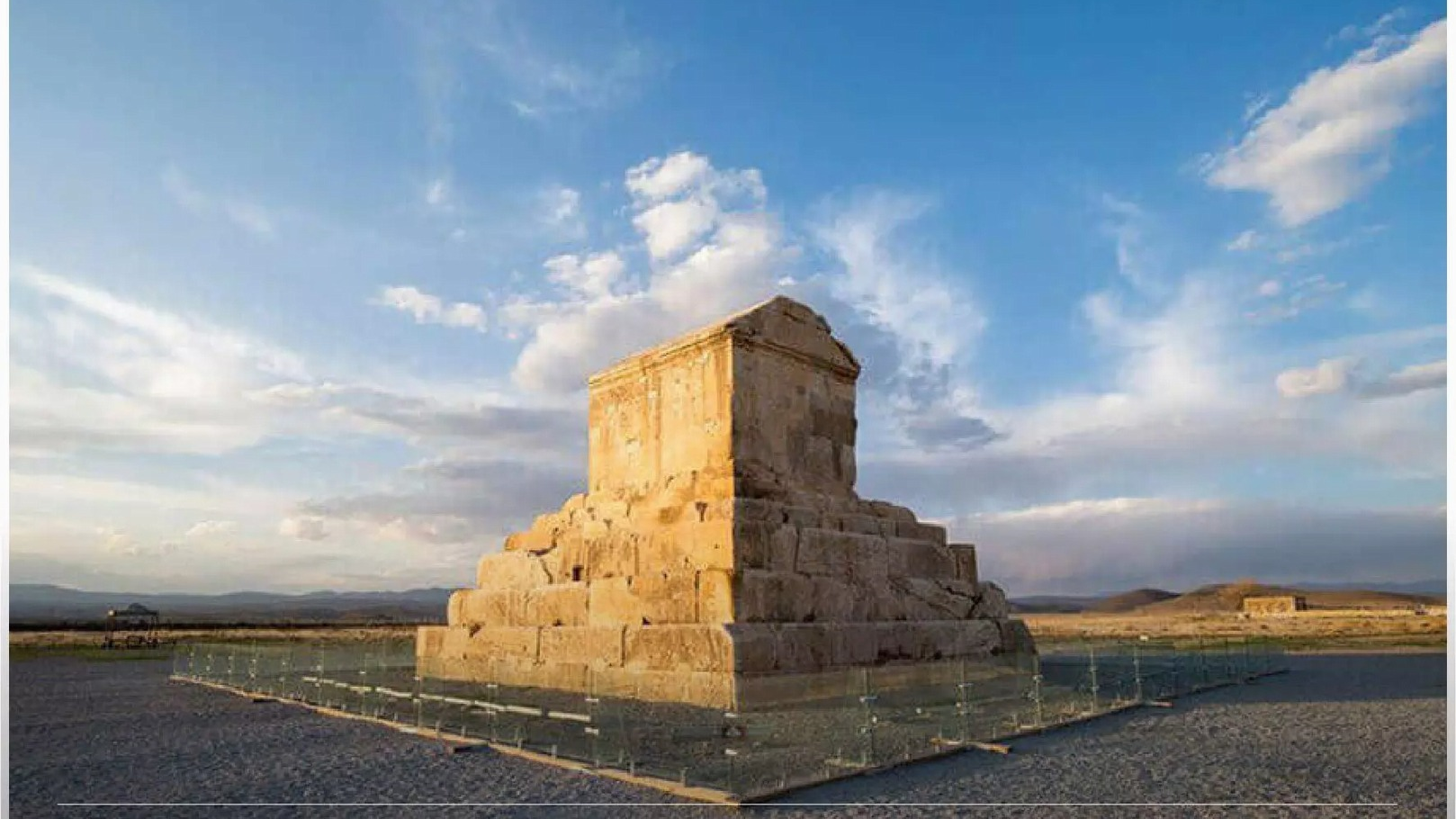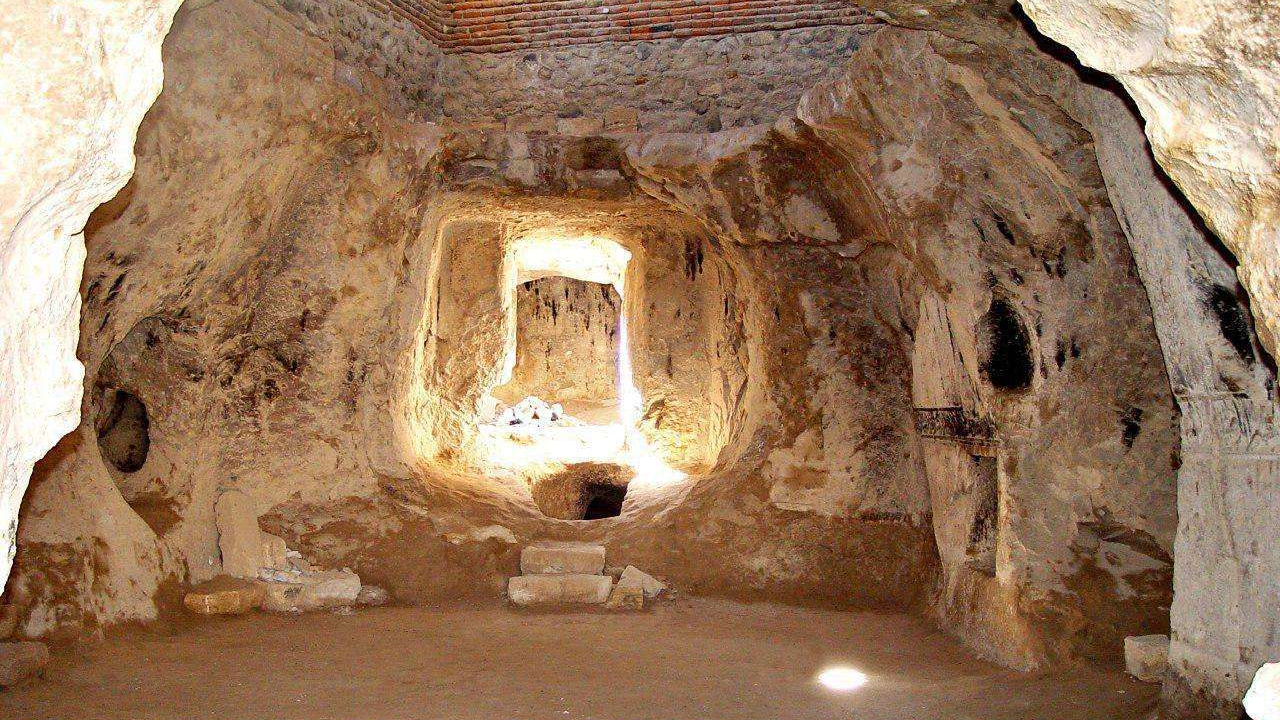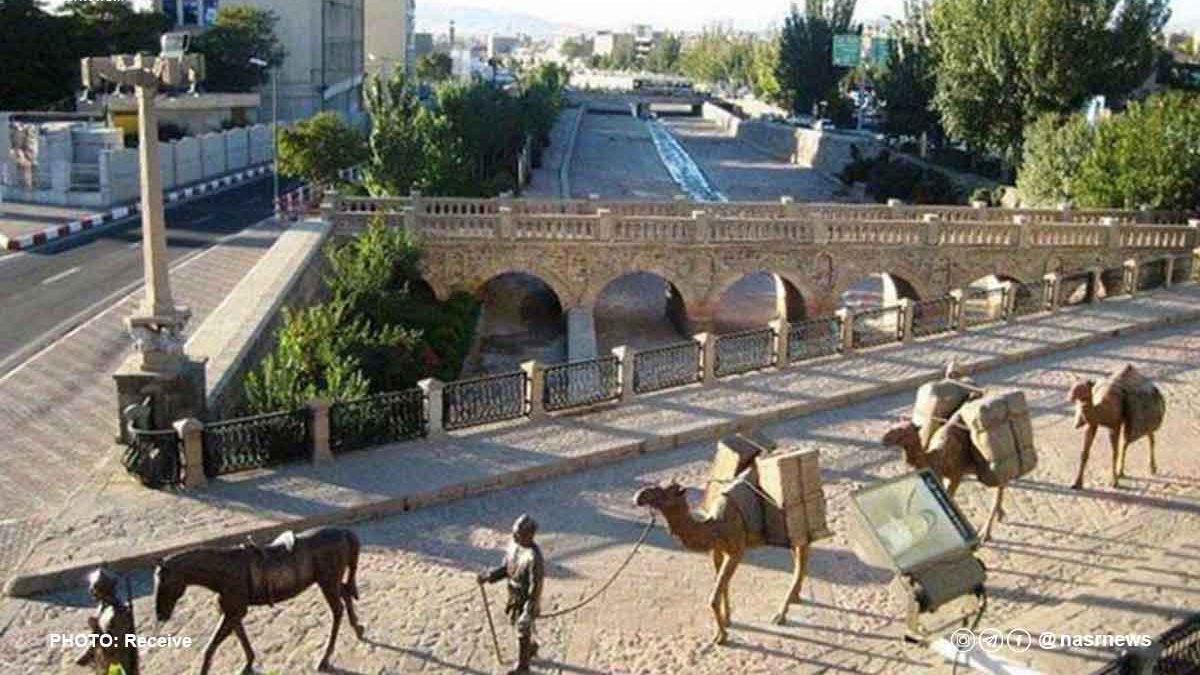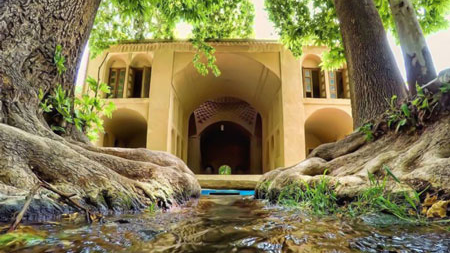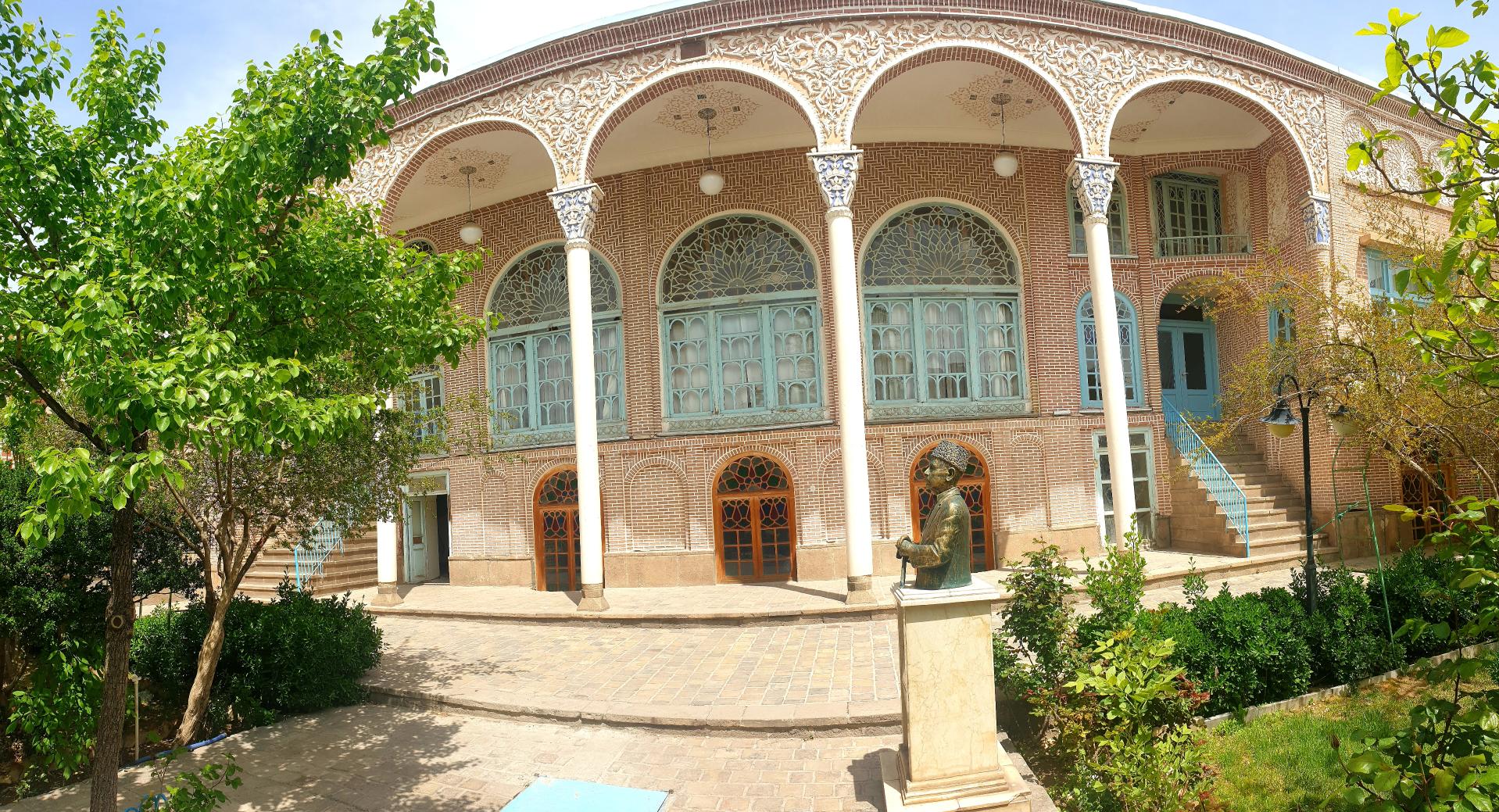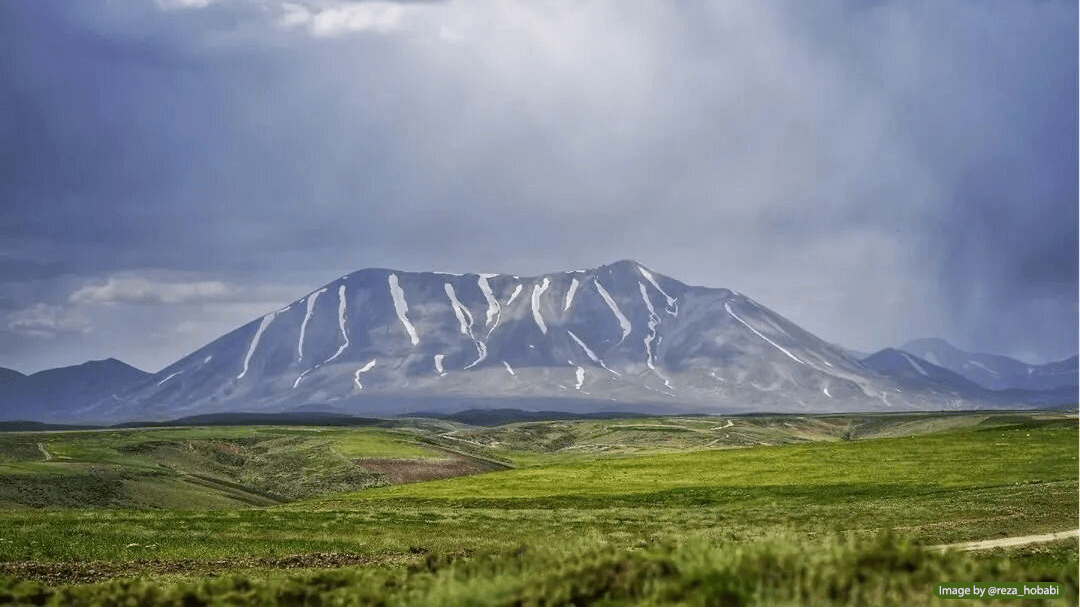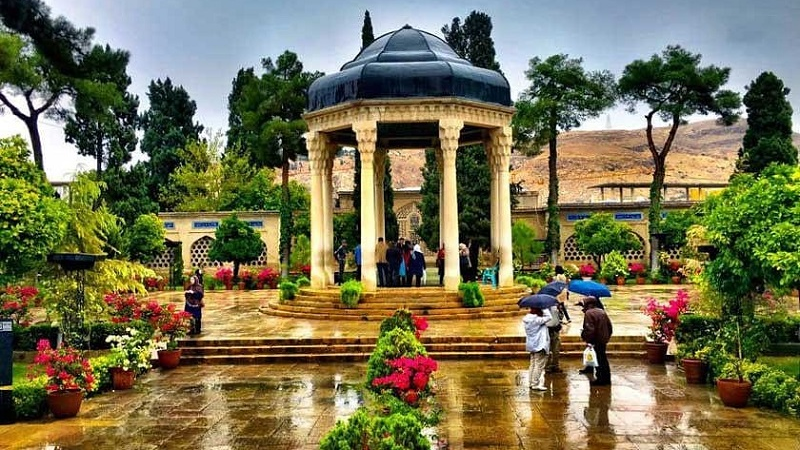
Golestan Biosphere Reserve: A Showcase of Iran’s Wildlife
The climatic diversity of Iran is such that few countries can match it. In Iran, one can find a wide range of natural attractions—mountains, deserts, forests, and coastal areas—from rocky shores to scorching deserts, dense forests, snow-capped mountains and passes, and mild highland regions. As a result, traveling to Iran in any season can delight tourists seeking varied natural landscapes. In the northern regions of Iran, located between the southern coast of the Caspian Sea and the northern slopes of the Alborz Mountains, there are lush and temperate areas. Among the most notable sites is the Golestan Biosphere Reserve, which offers an attractive and memorable experience in every season.
Biological and Geographical Features of the Golestan Biosphere Reserve
The Golestan Biosphere Reserve covers an area of 87,241 hectares. It is located 55 kilometers east of Gonbad Kavus and 115 kilometers west of Bojnord. The geographical conditions and variations in land slope across the reserve have created a variety of climatic zones. The western part of the reserve features a semi-humid temperate climate and is covered with Hyrcanian forests. This area represents the easternmost extent of the Caspian forests and is considered a relic of the Ice Age (Tertiary period). These forests, also known as “fossil forests,” are home to some unique plant species. Among the most important plant species in the reserve are oak and yew trees, along with native species such as Anjili (Ironwood) and White Pelt (Acer spp.). The Anjili tree, also called Ironwood, has hard wood, and its roots and leaves are used for medicinal purposes. White Pelt, belonging to the maple genus, can reach 30 meters in height with a trunk diameter of up to 240 centimeters.
The terrain in most parts of the Golestan Biosphere Reserve is steep, with massive cliffs and deep ravines abundant throughout the area. Moving eastward, the slope of the land decreases, giving way to plains, while the northern part features low rolling hills. The reserve receives an average annual rainfall of 659 millimeters, with a minimum of 380 mm and a maximum of 946 mm. The heaviest rainfall occurs in winter and autumn, and precipitation is generally higher in the north and west, near the Caspian Sea. These conditions result in a semi-humid temperate climate in the western part, while the southern and eastern areas experience cold and dry or cold semi-arid climates. Throughout the year, temperatures across the reserve range from -25°C to 35°C depending on the location.
The Golestan Biosphere Reserve holds a significant position in terms of wildlife diversity, with over 60 mammal species, 133 bird species, 3 amphibian species, and 21 reptile species identified. In the hilly areas, a mammal called the Oryx (Urial) lives here; it is one of the largest wild sheep in Iran and can be seen majestically roaming the hills. Other mammal species in the reserve include the brown bear, wild goat, ibex, and deer. Reptiles include the viper, whip snake, Caucasian viper, and monitor lizard, while birds include the eagle, black vulture, falcon, hawk, pheasant, partridge, and various passerines. Among the wildlife species in Golestan Forest, 19 species are considered endangered.
The Golestan National Park features several waterfalls and 21 spring outlets. The main transportation route connecting northern and eastern Iran passes through this forest. This road is built along the longest and lowest valley in the region and is considered one of the environmental hazards threatening the Golestan Forest.
National and International Registration of the Golestan Biosphere Reserve
Before 1957 (1336 Solar Hijri), the Golestan Forest was known as a famous hunting ground. After 1957, it was upgraded to a protected area under the name Almeh Vaishki. In 1963 (1342 Solar Hijri), the area became Iran’s first national park. Later, in 1976 (1355 Solar Hijri), Golestan National Park was designated as a biosphere reserve and added to the World Network of Biosphere Reserves.
| Name | Golestan Biosphere Reserve: A Showcase of Iran’s Wildlife |
| Country | Iran |
| State | Golestan |
| City | Gonbad-e Kavus |
| Type | Natural |
| Registration | Unesco,National |
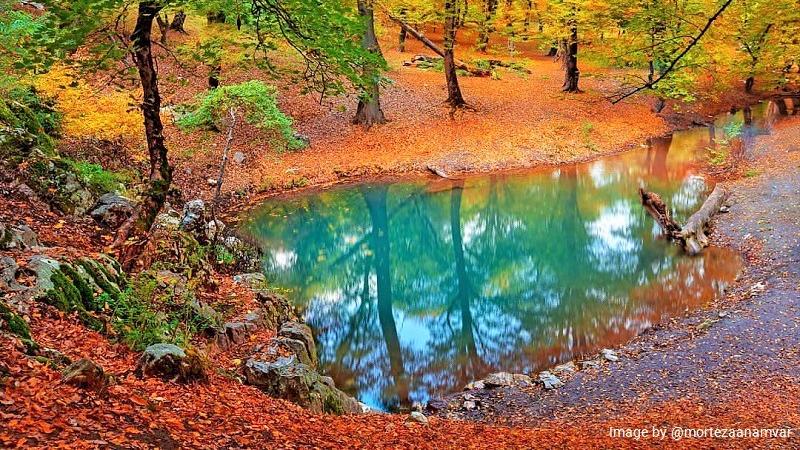
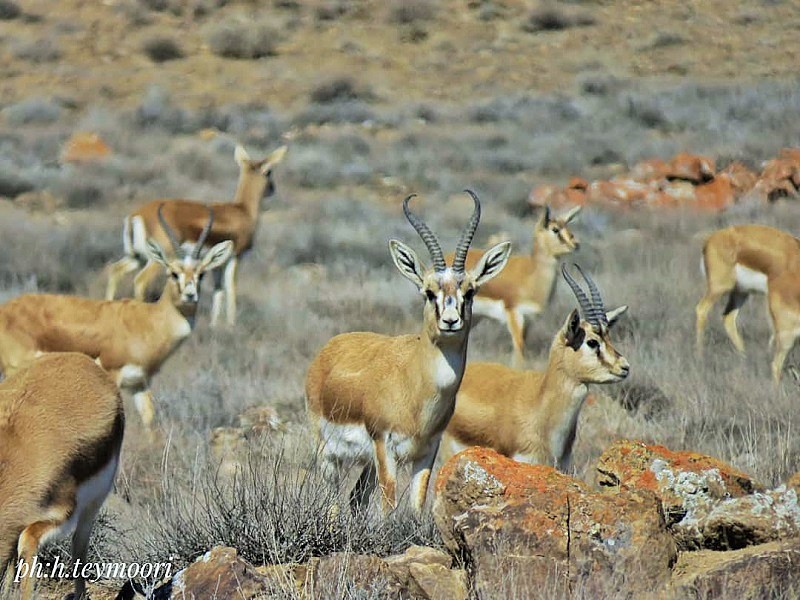
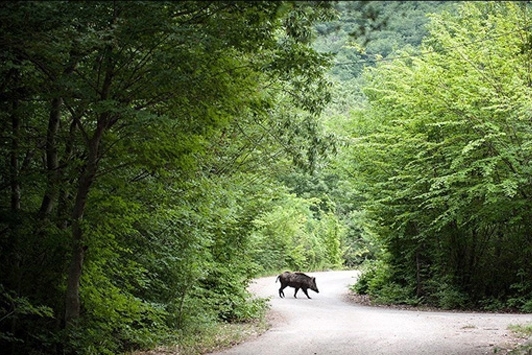
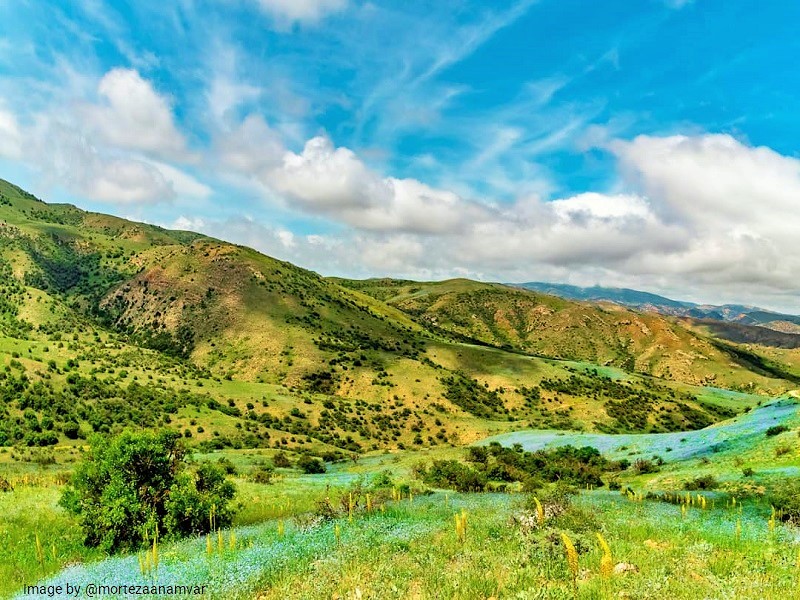
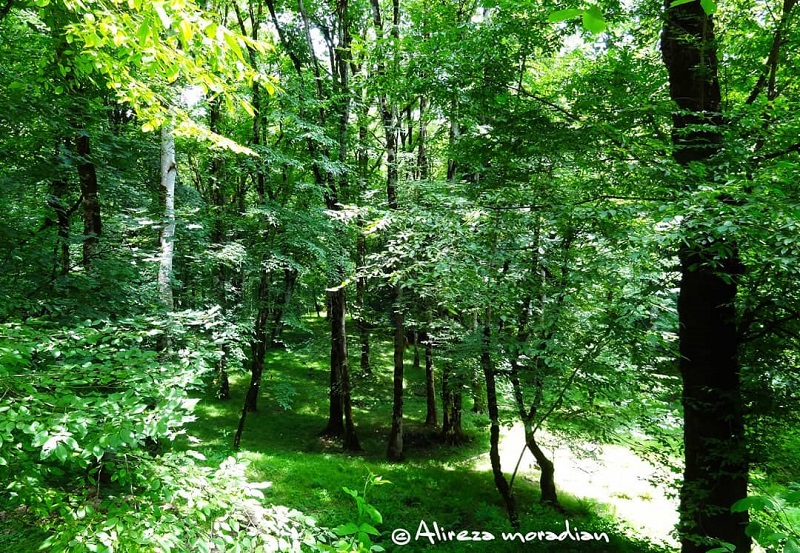





Choose blindless
Red blindless Green blindless Blue blindless Red hard to see Green hard to see Blue hard to see Monochrome Special MonochromeFont size change:
Change word spacing:
Change line height:
Change mouse type:
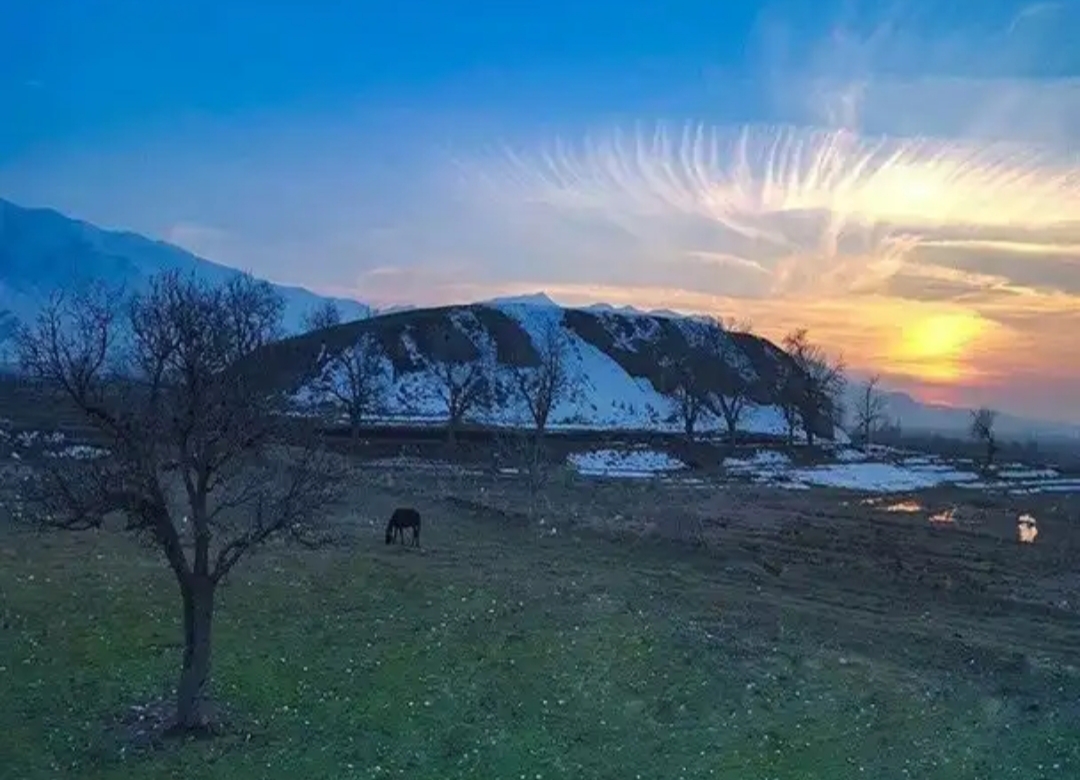
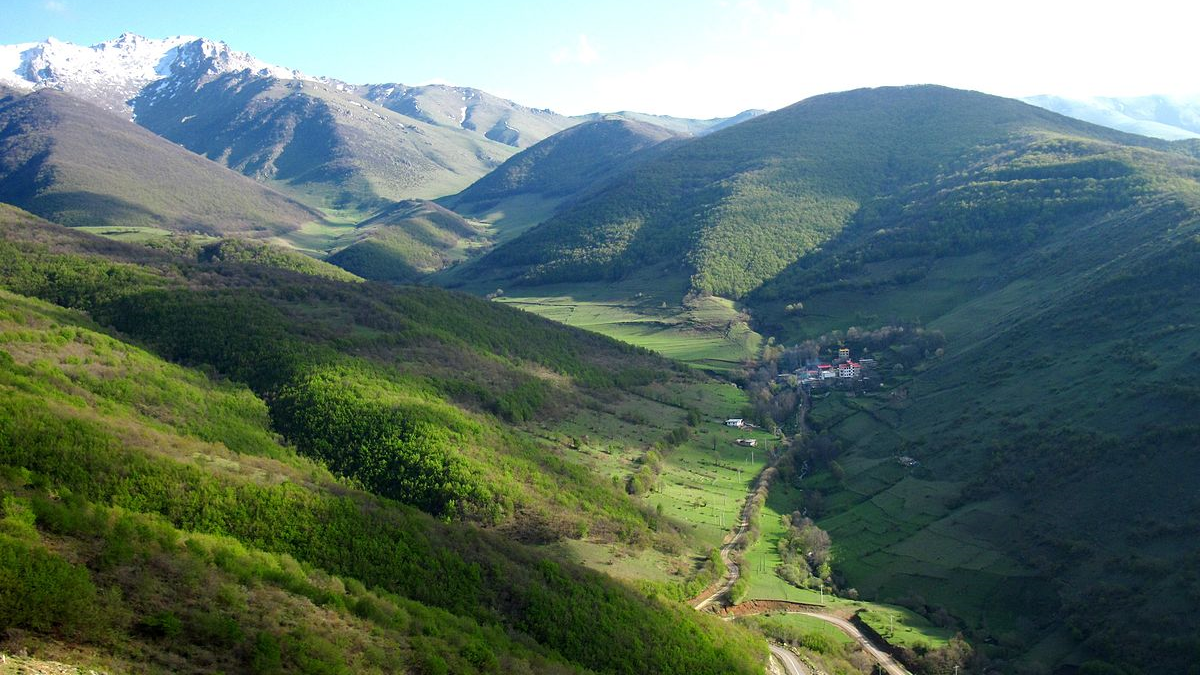
-k- main.jpg)
